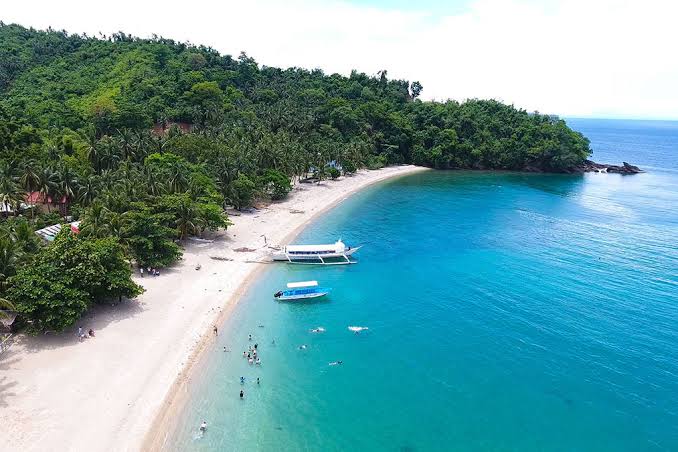“The Ten Longest Coastlines in the World” is an interesting coastal geography topic because it shows how the coastlines of the countries with the longest coastlines affect their cultures, companies, and natural environments. Coastlines are more than just pretty lines; they are living places where land and sea meet, with beautiful beaches, dangerous rocks, and lots of different kinds of marine life. This trip shows off Indonesia, a huge country with many beaches on islands, and Canada, which has huge coasts in both the Arctic and the Pacific. Countries like Australia, Russia, and the Philippines stand out because their coastlines have unique views, such as steep slopes and coral reefs.
When you look at the longest coasts, you can see how important they are geographically, how they affect the environment, and how much money they bring in through fishing, tourists, and world trade. This helps us understand how important they are. This subject paints a clear picture of how these natural limits affect the ability to fight climate change, economic growth, and cultural heritage. This book about the 10 longest beaches in the world is full of beautiful pictures and interesting facts. The coastlines range from the beautiful fjords of Norway to the short shoreline of Chile. Anyone interested in maps, travel, or how land and sea are changing over time will enjoy this book. It will make you want to learn more about the world’s most interesting coasts.
The Top Ten Longest Coastlines In The World
10. New Zealand – 15,134 km
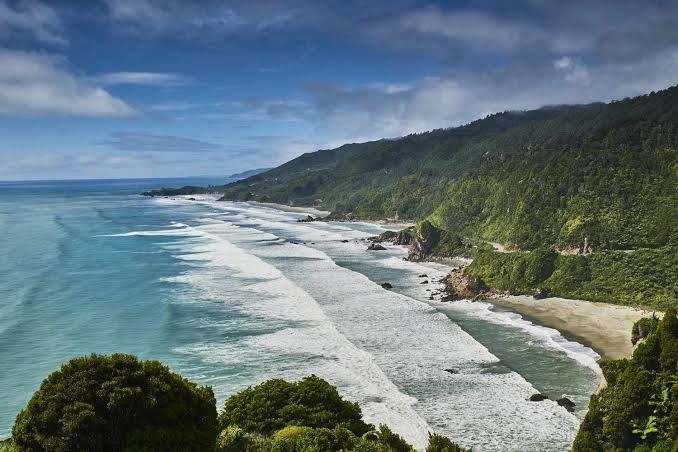
New Zealand’s coastline stretches across the Tasman Sea and Pacific Ocean, weaving around its North and South Islands. This rugged shoreline boasts dramatic cliffs, golden beaches, and over 25 marine reserves teeming with wildlife like dolphins and seals. Coastal cities like Auckland thrive on maritime trade, while Taranaki’s Surf Highway 45 draws surfers worldwide. The interplay of volcanic activity and tidal forces crafts unique landscapes, from black sand beaches to fjord-like inlets in Fiordland National Park.
Coastal Maori culture adds depth, with traditional fishing practices still alive. Tourism flourishes here, with coastal trails and scenic drives showcasing New Zealand’s pristine beauty. The coastline’s economic role is immense, supporting fishing, aquaculture, and eco-tourism, while its natural reserves protect endangered marine species, making it a global model for conservation.
9. United States – 19,924 km
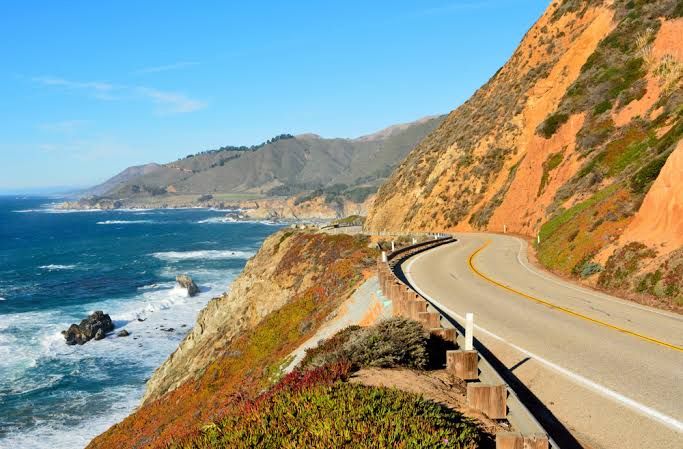
The United States’ diverse coastline spans three oceans—Pacific, Atlantic, and Arctic—plus the Gulf of Mexico. From Alaska’s rugged fjords to Florida’s sandy beaches, this shoreline is a study in contrasts. Coastal counties, home to nearly 40% of the population, generate over $9.5 trillion in economic activity, rivaling entire nations’ GDPs. Iconic spots like California’s Big Sur and the Florida Keys draw millions, while ports like Los Angeles and New York fuel global trade.
The Great Lakes’ shores add complexity, though not counted here. Environmental challenges, like coastal erosion and rising sea levels, loom large, yet biodiversity thrives in areas like the Chesapeake Bay. Native American coastal tribes, such as the Makah, maintain cultural ties to the sea, blending tradition with modern conservation efforts. This coastline’s blend of urban vibrancy and natural splendor makes it a magnet for tourists and researchers alike.
8. Australia – 25,760 km
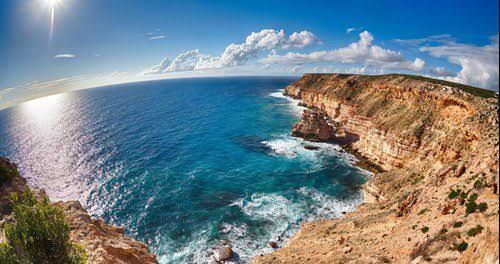
Australia’s coastline is a treasure trove of natural wonders, touching the Pacific, Indian, and Southern Oceans. The Great Barrier Reef, a UNESCO World Heritage Site, is its crown jewel, hosting vibrant coral ecosystems and marine life like dugongs and turtles. Coastal cities like Sydney and Perth buzz with cultural and economic activity, while remote beaches offer solitude.
Indigenous communities, such as the Yolngu, have stewarded these shores for millennia, their stories woven into the land. Tourism thrives, with coastal roads like the Great Ocean Road showcasing dramatic cliffs and the Twelve Apostles. Fishing and aquaculture are economic pillars, though climate change threatens reefs and coastal habitats. Australia’s shores are a global draw, blending adventure, biodiversity, and cultural heritage into an unforgettable coastal experience that captivates visitors and locals alike.
7. Japan – 29,751 km
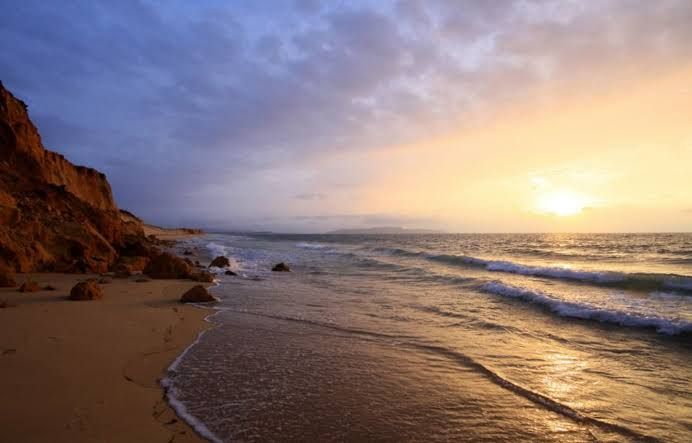
Japan’s 6,852 islands create a intricate coastline along the Pacific Ocean, Sea of Japan, and East China Sea. Volcanic origins shape dramatic cliffs, like those in Tottori, and serene bays like Suruga. Coastal cities like Tokyo and Yokohama host major ports, driving global trade and seafood industries. Japan’s fishing culture, rooted in centuries-old traditions, supports local economies, with aquaculture thriving in coastal waters.
Scenic spots like Okinawa’s coral beaches attract divers, while coastal festivals celebrate maritime heritage. Environmental efforts focus on protecting marine biodiversity amid challenges like overfishing and typhoons. The coastline’s cultural significance shines in Shinto rituals tied to the sea, blending spirituality with daily life. Japan’s shores offer a unique mix of natural beauty, technological innovation, and cultural depth, making them a global attraction for travelers and historians.
6. Philippines – 36,289 km
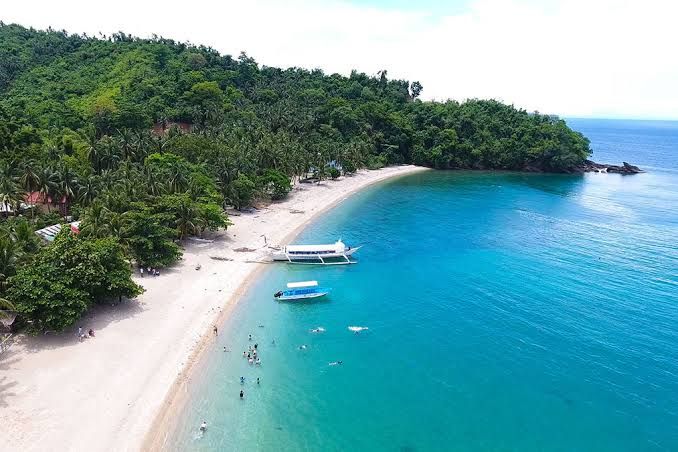
The Philippines, an archipelago of over 7,600 islands, boasts a coastline rich with bays, gulfs, and coral-fringed shores. Places like Boracay and El Nido are world-renowned for crystal waters and vibrant marine life, drawing divers and beachgoers. Over 60% of Filipinos live along the coast, with fishing providing livelihoods for millions. Coastal cities like Cebu thrive on tourism and trade, while traditional fishing villages preserve cultural practices.
The coastline’s biodiversity, including coral reefs and mangroves, supports global marine ecosystems but faces threats from overfishing and climate change. Historical ties to the sea, from ancient trade routes to modern maritime disputes, shape the nation’s identity. The Philippines’ shores blend natural splendor with cultural vibrancy, making them a must-visit for those seeking tropical paradise and rich heritage.
5. Russia – 37,653 km
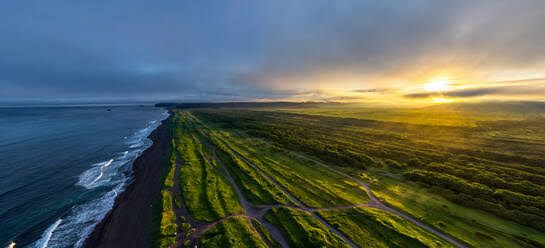
Russia’s vast coastline spans the Arctic, Pacific, and Atlantic Oceans, plus the Baltic, Black, and Caspian Seas. From Siberia’s icy shores to Vladivostok’s bustling ports, this shoreline is as diverse as it is expansive. Cities like St. Petersburg blend cultural heritage with maritime trade, while remote Arctic coasts host unique ecosystems with polar bears and seals.
Russia’s coastline supports critical industries like shipping and oil exploration, though harsh climates pose challenges. Coastal fortresses and naval bases underscore its military significance. Indigenous groups like the Chukchi maintain traditional fishing practices, adding cultural depth. Tourism is growing, with spots like the Black Sea coast drawing visitors for their blend of history and natural beauty. Russia’s shoreline is a testament to its geographical and strategic might, offering endless exploration for adventurers.
4. Greenland – 44,087 km
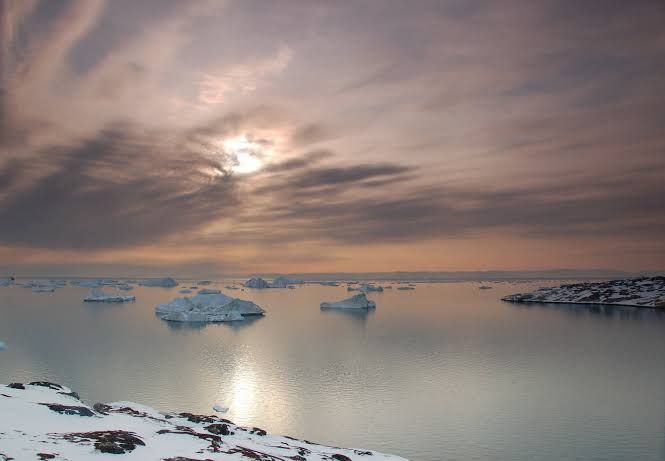
Greenland, part of the Kingdom of Denmark, boasts a rugged coastline along the Arctic and North Atlantic Oceans. Carved by glaciers, its shores feature towering fjords, icebergs, and frozen landscapes. Despite its name, 80% of Greenland is ice-covered, leaving sparse coastal settlements where Inuit communities thrive. These shores host unique wildlife like polar bears and Arctic foxes, with fishing as a key economic driver.
Tourism is growing, with visitors drawn to the pristine wilderness and Northern Lights. Environmental challenges, like melting ice due to climate change, threaten this delicate ecosystem. Greenland’s coastline, one of the world’s most untouched, offers a glimpse into raw, Arctic beauty, blending natural wonders with cultural traditions rooted in survival and adaptation to extreme conditions.
3. Indonesia – 54,716 km
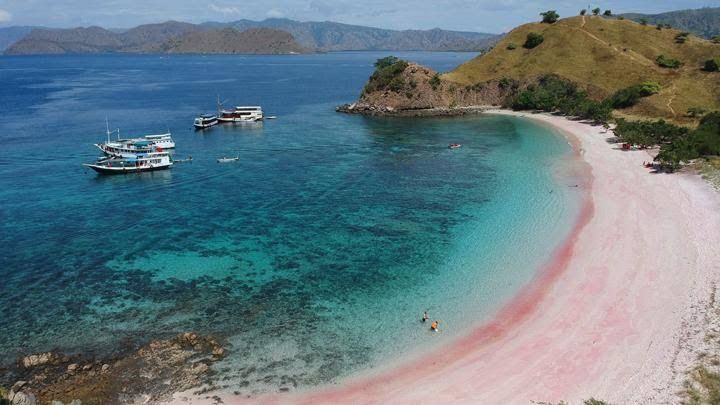
Indonesia, the world’s largest archipelagic nation, has a coastline weaving through 17,508 islands, from Sumatra to Papua. Its shores feature mangrove forests, coral reefs, and white-sand beaches like those in Bali, a global surfing and tourism hotspot. Coastal regions support millions through fishing and aquaculture, with prawn farms dotting Java’s shores. Indonesia’s maritime heritage, tied to ancient trade routes, shapes its cultural identity, while ports like Jakarta drive economic growth.
Environmental challenges, including coral bleaching and plastic pollution, threaten its marine biodiversity. Volcanic activity and tidal forces create dynamic landscapes, making each island’s coast unique. Indonesia’s shores are a vibrant blend of natural beauty, cultural richness, and economic vitality, drawing travelers seeking adventure and serenity in equal measure.
2. Norway- 109,915km
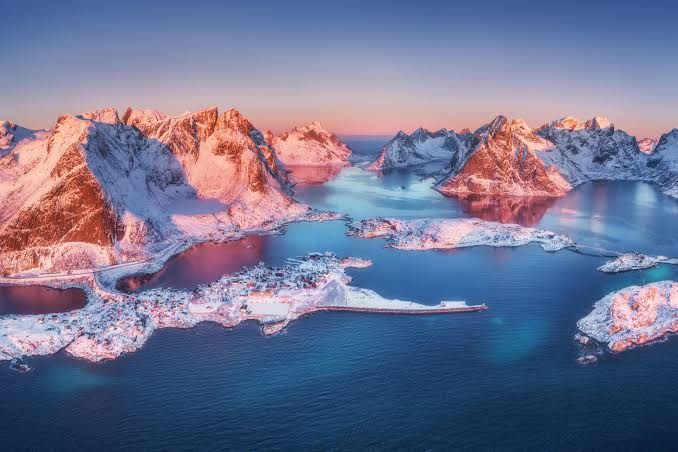
Norway’s coastline, Europe’s longest, is a masterpiece of nature, stretching along the North Atlantic and Barents Seas. Its rugged fjords, carved by ancient glaciers, and thousands of islands, including Svalbard, create a dramatic landscape. Coastal towns like Bergen and Oslo, nestled in fjords, blend maritime history with modern life. Fishing, especially salmon, is a cultural and economic cornerstone, while tourism thrives on scenic cruises and Northern Lights views.
Norway’s coastline supports vibrant ecosystems, from seabirds to marine life, though climate change poses risks. Traditional Sami culture adds depth, with coastal practices tied to the sea. This shoreline’s breathtaking beauty and accessibility make it a global draw for nature lovers and adventurers seeking Europe’s most iconic coastal vistas.
1. Canada – 202,080 km
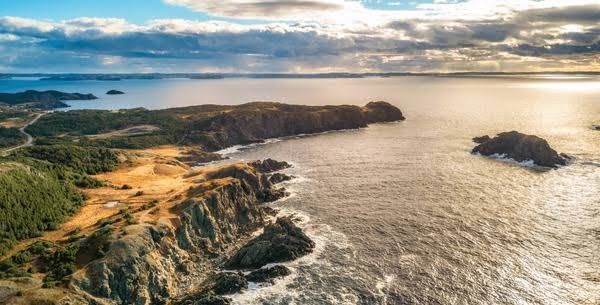
Canada claims the world’s longest coastline, a staggering expanse along the Atlantic, Pacific, and Arctic Oceans. From Newfoundland’s rugged cliffs to British Columbia’s serene bays, this shoreline is a geographical marvel. Nearly seven million Canadians live in coastal areas, with ports like Vancouver and Halifax driving global trade.
The coastline hosts diverse ecosystems, from whales and seals to boreal forests, though it lacks tropical features like coral reefs. Indigenous communities, like the Haida, maintain deep ties to the sea, blending tradition with conservation. Tourism flourishes, with coastal trails and Arctic cruises showcasing pristine landscapes. Fishing and shipping are economic pillars, but climate change and erosion threaten vulnerable areas. Canada’s coastline, six times the Earth’s circumference, is a testament to nature’s grandeur, inviting exploration of its wild, untamed beauty.

